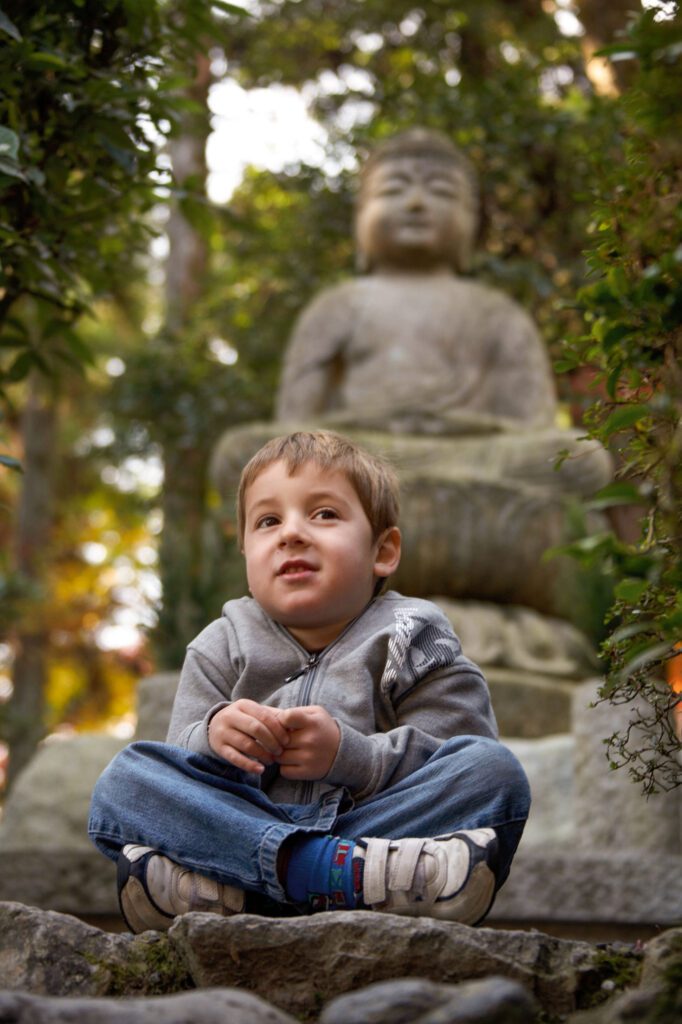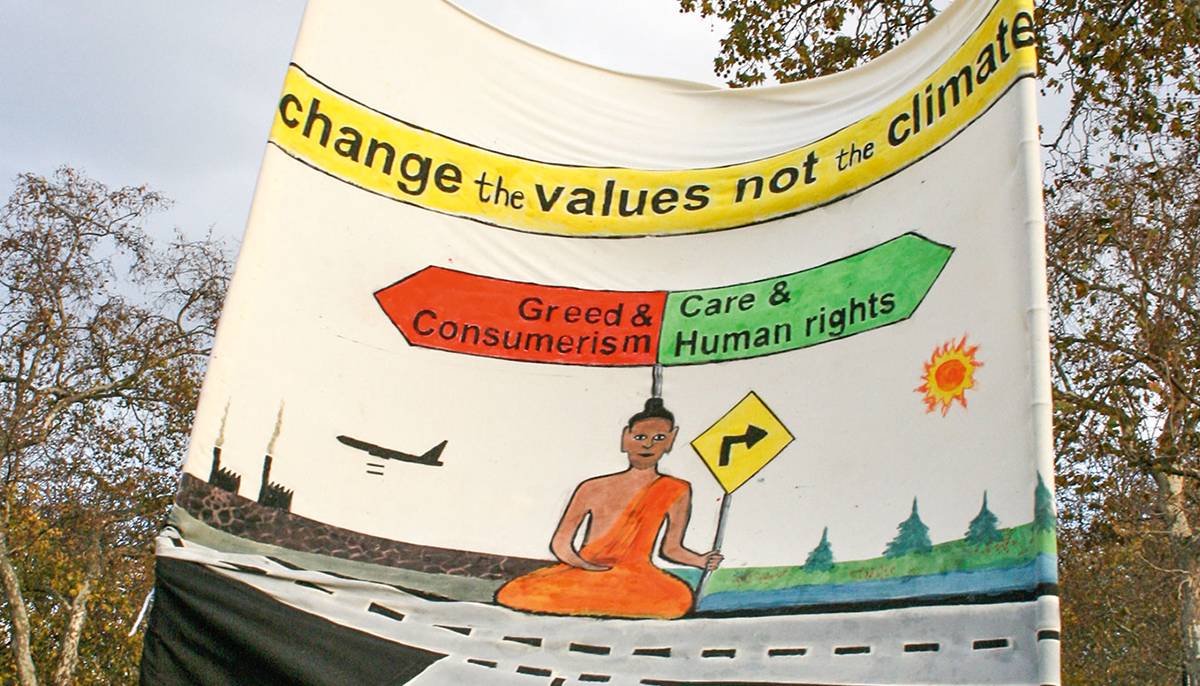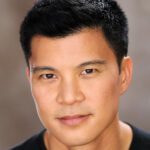Listen to the author read this article:
As the child of Vietnamese refugees, the fiftieth anniversary of the end of the Vietnam War (April 30, 1975) was more than a historical milestone to me—it was a personal marker of my lived experience, including inherited trauma, survival, and resilience. My parents’ journey from a war zone to relative stability in the United States has shaped my understanding of freedom, suffering, and the ongoing repercussions of denying humanity in ourselves and others.
War does not end when one side capitulates; it lingers in bodies, memories, and generations. There are no victors, because for all parties the wounds of violence fester into attachments—whether to ideological certainties, to stories of victimhood or righteousness, or to the pain itself. These attachments in turn cause us suffering and blind us to the suffering we cause others, continuing cycles of harm that span generations and cross borders. Mindfulness offers a way to acknowledge this inheritance while offering hope to break the chains of trauma.
“In highly polarized spaces, mindful listening creates the possibility for mutual understanding.”
Today, even if we’re in a nation-state that has not declared war, we face a battlefield—one flooded not with bombs but with (mis)information. From “fake news” to “flooding the zone,” these are methods designed to overwhelm us with noise and contradiction. There is an agenda and strategy of disorientating us and sowing confusion.
These tactics are not new. Throughout history, those in power have used misdirection and manipulation to maintain control. Yet, resistance has always emerged—rooted in truth telling, community, and common humanity. Still, many prefer silence and evasiveness to discomfort, as exemplified by the recent U.S. government directive instructing its diplomats to avoid Vietnam War anniversary events. This institutional avoidance of uncomfortable truths reflects a broader tendency to sidestep accountability for past actions and their ongoing consequences. When we cannot honestly face our individual and collective history, we remain trapped in its patterns.
In this environment, staying grounded is a liberatory act. Mindfulness, with its roots in Buddhist teachings that originate from Asia, is not a retreat from the world—it’s a disciplined return to being with all of the world’s complexity. Mindfulness means cultivating present-moment awareness with an attitude of nonjudgment and compassion. For activists, this practice becomes a foundation for engaged and ethical action.

Rather than reacting impulsively to the flood of (mis)information and the emotions of despair and fear that may understandably arise, we can practice mindfulness and ground ourselves in the power of our true knowing. In the pause between stimulus and response, we connect with our agency to choose. We can choose to act from clarity instead of rage, from compassion instead of fear.
Audre Lorde’s insight that “the master’s tools will never dismantle the master’s house” reminds us that using domination to fight systems of oppression has only replicated their logic. Mindfulness, which invites us to turn toward compassion and interdependence, supports us to take a radical departure from this cycle. When we recognize the suffering beneath harmful behavior, our activism gets purified from the poison of hate. Compassion is not condoning; it means responding to injustice with wisdom and fierce love.
Activism can feel exhausting. The emotional weight of systemic injustice, combined with internal and external urgency, can lead to burnout. Through practices like meditation and body awareness, we learn to recognize early signs of exhaustion—tightness in the chest, irritability, and hopelessness. By cultivating resilience, equanimity, and self-compassion, we can swim in the muddy waters without losing ourselves. Setting clear boundaries is an essential tool.
When activism is fueled by compassion, it becomes transformative. Instead of dividing the world into “good” and “bad,” we begin to see the web of causes and conditions that produce harmful action. This understanding does not excuse injustice; it skillfully reframes our response.
Mindful engagement isn’t abstract—it’s profoundly practical. It begins with mindful listening, the practice of truly hearing others without immediately judging or reacting. In highly polarized spaces, this kind of listening creates the possibility for mutual understanding.
Nonviolent communication follows—speaking with honesty and care to name one’s experience when discussing difficult truths. The goal is not to win an argument but to build empathy.
To be an engaged citizen requires an unflinching willingness to acknowledge suffering—both personal and societal—without denial. Still, relentless exposure to pain (e.g., doomscrolling) can overwhelm our capacity to respond effectively. Nonattachment offers a middle path.
With nonattachment, we can fully witness suffering without becoming so identified with it that we lose our ability to act skillfully. This is not detachment in the sense of apathy or nihilism, but rather a spacious freedom from being consumed by what we witness.
From this place, we can cultivate equanimity—a balanced presence that holds both joy and sorrow with grace. As a queer person, I look to my community ancestors who during the peak of the AIDS epidemic protested and mourned their dead yet also refused to stop dancing. Tending to the totality of the human experience enables us to engage in long-term activism that’s rooted in the aspiration to end suffering for all.
The dharma offers us the principle of dependent origination, which holds that all phenomena arise in dependence upon conditions. Our actions ripple outward, affecting far more than we can see. This perspective challenges the “us versus them” mentality that fuels conflict. Through the lens of emptiness, we see that identities and positions are not fixed—they’re fluid and constructed. Accepting this, we loosen our grip on rigid views and create room for transformation.
In a time of misinformation, fear, and division, mindfulness anchors us. The more that we practice, the more we can show up with clarity, courage, and care. May we learn from our benevolent ancestors of blood, land, and spirit and embody loving-kindness, passing it on to future generations.

